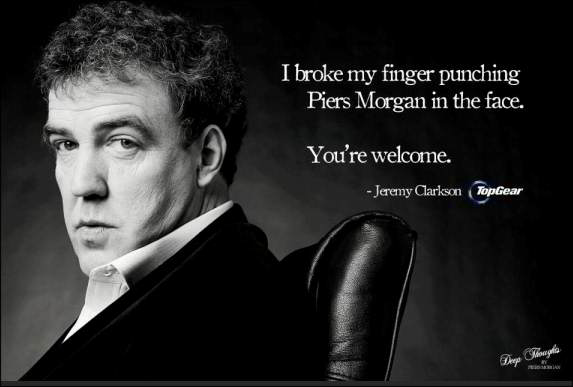Ranked in ascending order of dreadfulness:
- “Heil Hitler!”
- “As the best man, let me start by apologizing to everyone that the groom didn’t show up for the ceremony today…”
- “Ladies and gentlemen, and those who’ve had the operation…”
- “Before I start my speech, let me first tell you the joke about the nigger, the Jewboy and the faggot…”
- “Tonight I want to explain how I lost the election to Donald Trump…”
Your own suggestions in Comments, as always.











